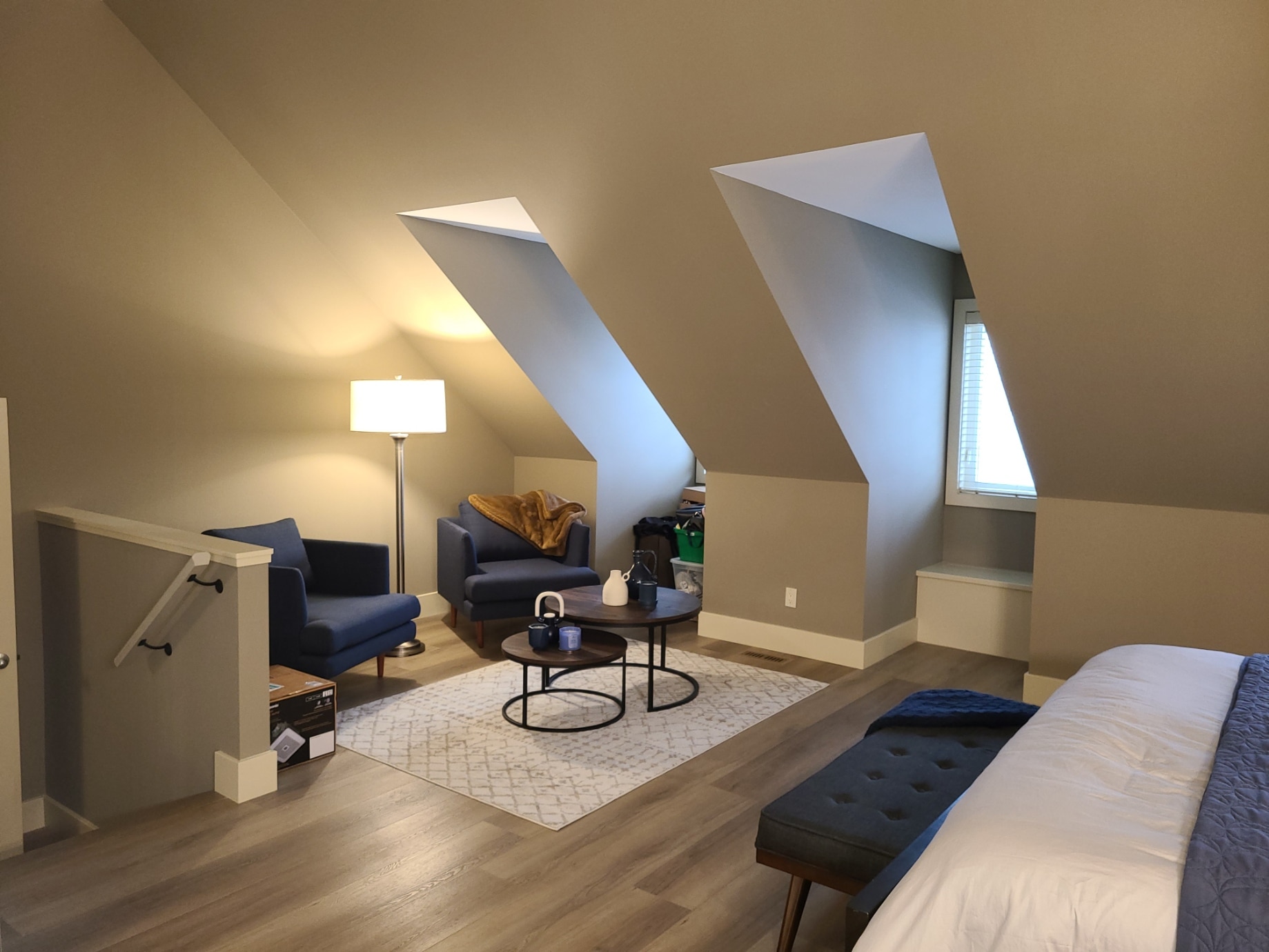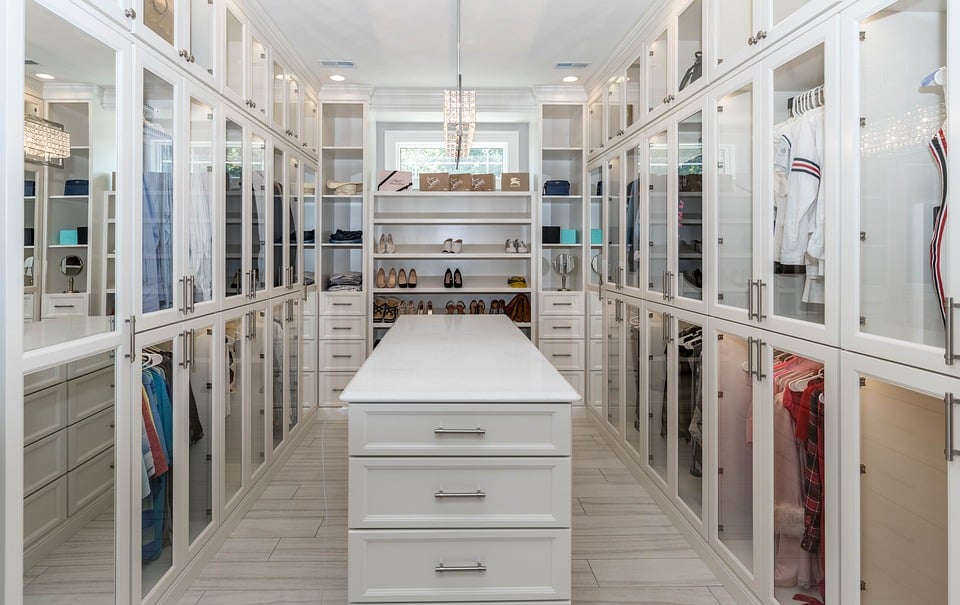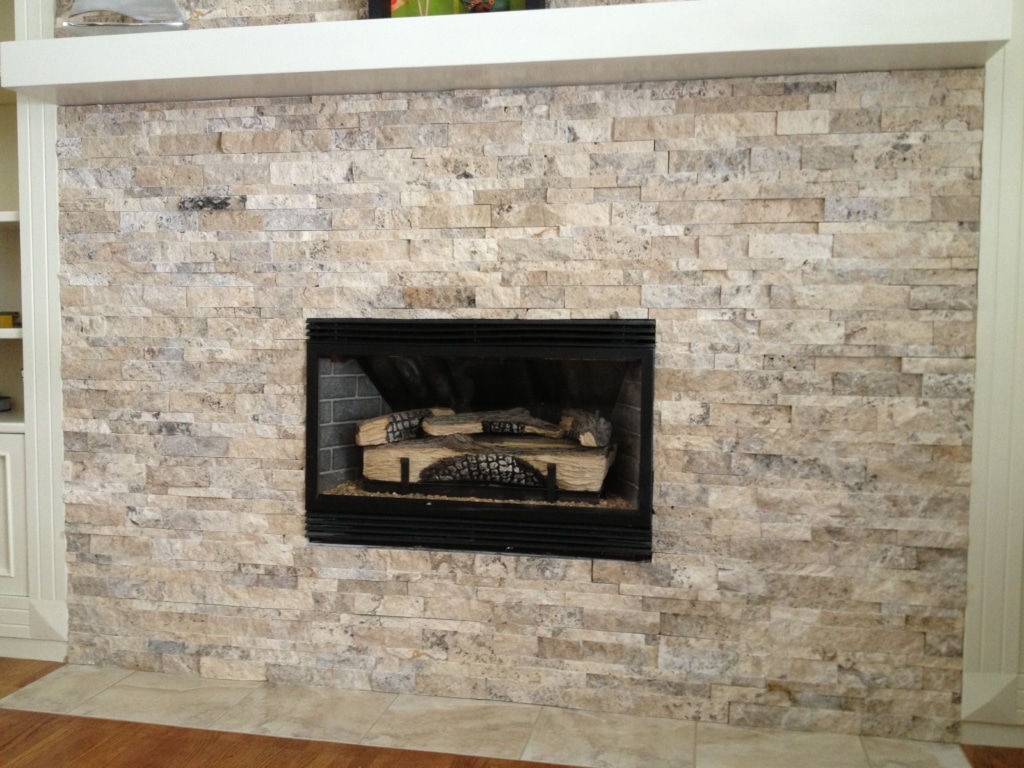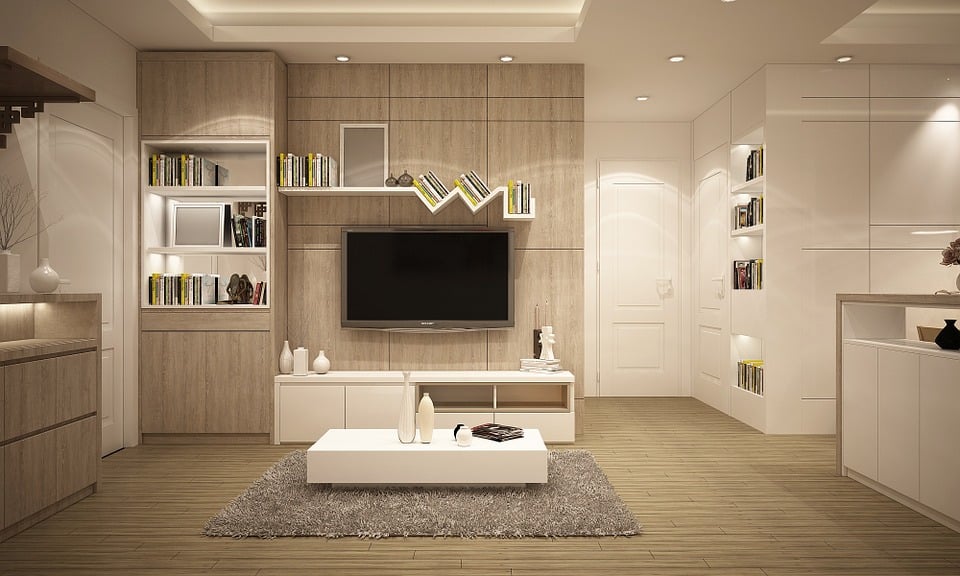Top Bedroom Lighting Tips

Lighting plays a crucial role in the overall ambiance and functionality of any room, especially the bedroom. It’s not just about having enough light to see by, but about creating the right mood, making spaces feel larger, and ensuring that every area serves its intended purpose. The right lighting can turn a basic bedroom into a cozy retreat, a productive workspace, or a relaxing haven. This guide is designed to help you understand the different types of bedroom lighting, how to choose the best options for your needs, and how to combine them effectively.
There are three main types of lighting that every bedroom should include: ambient, task, and accent lighting. Each serves a unique function, and when layered together, they can transform your bedroom into a space that’s both beautiful and functional. In this guide, we’ll look into each type of lighting, explore common fixtures and placements, and provide tips on how to get the most out of your bedroom lighting.
By the end of this guide, you’ll have a clear understanding of how to use lighting to create the perfect atmosphere in your bedroom. Whether you’re planning a complete renovation or just looking to upgrade your current setup, these insights will help you make informed decisions that enhance your space. Let’s start by exploring ambient lighting, the foundation of any well-lit room.
Table of Contents
ToggleBedroom Lighting Guide: Types of Lighting
Ambient Bedroom Lighting
What is Ambient Lighting?
Ambient lighting, often referred to as general lighting, is the primary source of light in a bedroom. It provides an overall illumination that allows you to move around safely and comfortably. Unlike task or accent lighting, which focuses on specific areas, ambient lighting fills the entire room, ensuring that every corner is adequately lit. This type of lighting sets the tone for the room, creating a soft, inviting atmosphere that’s perfect for relaxation.
Common Fixtures for Ambient Lighting
When it comes to ambient lighting in the bedroom, there are several fixture options to consider. Ceiling-mounted fixtures, such as chandeliers or flush mounts, are a popular choice for their ability to provide even light distribution. Pendant lights offer a more modern, design-focused option, while recessed lighting can create a clean, minimalist look. Ceiling fans with integrated lights are another practical choice, combining ambient lighting with the functionality of air circulation.
Considerations for Ambient Bedroom Lighting
Choosing the right bulbs is essential for achieving the desired effect with ambient lighting. The color temperature of the bulbs can dramatically alter the mood of the room; warm white bulbs (around 2700K) create a cozy, comfortable atmosphere, while cooler temperatures (4000K and above) are better suited for a more energetic feel. Dimmable lights are also worth considering, as they allow you to adjust the brightness according to your needs, whether you’re winding down for the night or getting ready in the morning.
Tips for Effective Ambient Lighting
To ensure even illumination, it’s important to strategically place ambient lighting fixtures throughout the room. If you’re using ceiling-mounted fixtures, position them centrally to avoid shadows in corners. If recessed lighting is your choice, space the lights evenly across the ceiling. For larger rooms, consider using multiple fixtures to cover the entire space effectively. Remember, the goal of ambient lighting is to provide a comfortable level of brightness that’s easy on the eyes.
Final Thoughts on Ambient Bedroom Lighting
Ambient lighting is the foundation of any well-lit bedroom. By selecting the right fixtures, bulbs, and placement, you can create a warm and welcoming environment that makes your bedroom feel like a true retreat. Once you have your ambient lighting in place, you can move on to the next layer: task lighting.
Task Bedroom Lighting
Understanding Task Bedroom Lighting
Task lighting is designed to provide focused illumination for specific activities such as reading, working, or getting dressed. Unlike ambient lighting, which illuminates the entire room, task lighting is more localized and functional. It ensures that you have the right amount of light exactly where you need it, reducing eye strain and making everyday tasks easier and more comfortable.
Common Fixtures for Task Bedroom Lighting
There are several types of fixtures that are ideal for task lighting in the bedroom. Bedside table lamps are a classic choice, providing light for reading or relaxing in bed. Wall-mounted reading lights offer a space-saving alternative and can be directed precisely where you need them. Floor lamps are another versatile option, especially if you need lighting near a seating area or a desk. For those who work from home or have a vanity, desk lamps provide concentrated light that’s perfect for detailed tasks.
Placement and Functionality of Task Lighting
Proper placement of task lighting is key to its effectiveness. For bedside lamps, ensure they are positioned at a height that allows you to read comfortably without glare. Wall-mounted lights should be installed at a height that can be easily adjusted to suit your needs. If you’re using a desk lamp, position it so that the light shines directly onto your work surface without casting shadows. The goal is to provide ample light for specific tasks while complementing the overall lighting scheme of the room.
Tips for Choosing the Right Task Lighting
When selecting task lighting, consider the brightness and color temperature of the bulbs. For activities like reading or working, a cooler light (around 3000K to 4000K) is usually best, as it’s closer to natural daylight and helps improve focus. Adjustable fixtures are also highly recommended, as they allow you to direct the light precisely where you need it. Additionally, think about the style of the fixture and how it will fit into the overall design of your bedroom.
Conclusion on Task Lighting
Task lighting is essential for creating a functional bedroom that caters to your daily activities. Whether you’re reading a book, working on a project, or simply getting ready for the day, the right task lighting can make all the difference. With your task lighting sorted, it’s time to consider how accent lighting can add an extra layer of depth and style to your bedroom.
Accent Bedroom Lighting
The Role of Accent Bedroom Lighting
Accent lighting serves as the decorative layer in your bedroom’s lighting scheme. Its primary purpose is to highlight specific features, such as architectural details, artwork, or textures, and to create a particular mood. Accent lighting doesn’t usually provide a significant amount of light, but it adds depth and dimension to the space, making the room feel more dynamic and visually interesting.
Common Fixtures for Accent Lighting
There are many types of fixtures that can be used for accent lighting. Wall sconces are a popular choice, as they add a touch of elegance while providing subtle illumination. Cove lighting, which is installed in recessed areas or behind crown molding, creates a soft, diffused glow that adds warmth to the room. Under-bed lighting is a modern option that adds a floating effect to your bed, making the room feel larger and more open. Picture lights are another excellent choice if you want to highlight artwork or photographs.
Purpose and Benefits of Accent Lighting
The main purpose of accent lighting is to draw attention to specific areas or elements within the room. It can enhance the visual appeal of your bedroom by adding contrast and highlighting textures or colors. Accent lighting also helps create a layered lighting design, which makes the space more inviting and adds to the overall ambiance. By carefully selecting where to place accent lights, you can emphasize the features you love most about your bedroom.
Tips for Balancing Accent Lighting
When incorporating accent lighting into your bedroom, it’s important to strike a balance. Too much accent lighting can overwhelm the space and detract from its intended purpose. Start by identifying the key areas you want to highlight, such as a beautiful piece of artwork, a textured wall, or architectural features like a fireplace or alcove. Then, choose fixtures that complement your existing lighting scheme without overpowering it. Accent lighting should enhance the room’s overall design, not compete with it.
Final Thoughts on Accent Lighting
Accent lighting is the finishing touch that brings your bedroom’s lighting design to life. By carefully selecting and placing accent lights, you can create a bedroom that’s not only functional but also visually stunning. Now that you’ve layered your lighting with ambient, task, and accent lights, your bedroom is ready to shine.
Combining Different Bedroom Lighting Types
The Importance of Layering Bedroom Lights
Layering different types of lighting is the key to creating a well-lit and functional bedroom. Each type of lighting—ambient, task, and accent—serves a specific purpose, and when used together, they can transform your bedroom into a space that’s versatile and aesthetically pleasing. Layered lighting allows you to adjust the mood and functionality of the room depending on your needs, whether you’re getting ready for the day, relaxing with a book, or winding down for the night.
How to Combine Bedroom Lighting Types
To effectively combine ambient, task, and accent lighting, start by establishing your ambient lighting as the base layer. This will provide general illumination and set the tone for the room. Next, add task lighting in areas where specific activities take place, such as beside the bed, at a desk, or near a reading chair. Finally, incorporate accent lighting to highlight architectural features, artwork, or other focal points in the room. By layering these different types of lighting, you create a space that’s both functional and visually appealing.
Tips for Achieving Balance
Achieving the right balance between different bedroom lighting types is crucial. Too much ambient lighting can make the room feel flat, while too much accent lighting can make it feel cluttered. The key is to use each type of lighting in moderation and ensure that they complement each other. For instance, if your ambient lighting is soft and warm, choose task and accent lights that enhance this cozy atmosphere. Use dimmers to adjust the intensity of the lights as needed, allowing you to create the perfect ambiance for any occasion.
Practical Example: Layering in Action
Imagine a typical bedroom setup: you have a central ceiling light providing ambient lighting, bedside lamps for reading, and wall sconces highlighting a beautiful piece of artwork. During the day, you might use the ceiling light and bedside lamps for a bright, functional space. In the evening, you could dim the ceiling light, use the bedside lamps for reading, and turn on the sconces to create a relaxing, intimate atmosphere. This combination of lighting types makes the room adaptable to different needs and moods.
Conclusion: The Power of Layered Bedroom Lighting
Layering different types of lighting is the secret to creating a bedroom that’s both beautiful and practical. By combining ambient, task, and accent lighting, you can transform your bedroom into a space that’s perfectly suited to your lifestyle. With these tips in mind, you’re ready to start designing a lighting scheme that enhances both the functionality and aesthetic appeal of your bedroom.














3 thoughts on “Top Bedroom Lighting Tips”
Comments are closed.